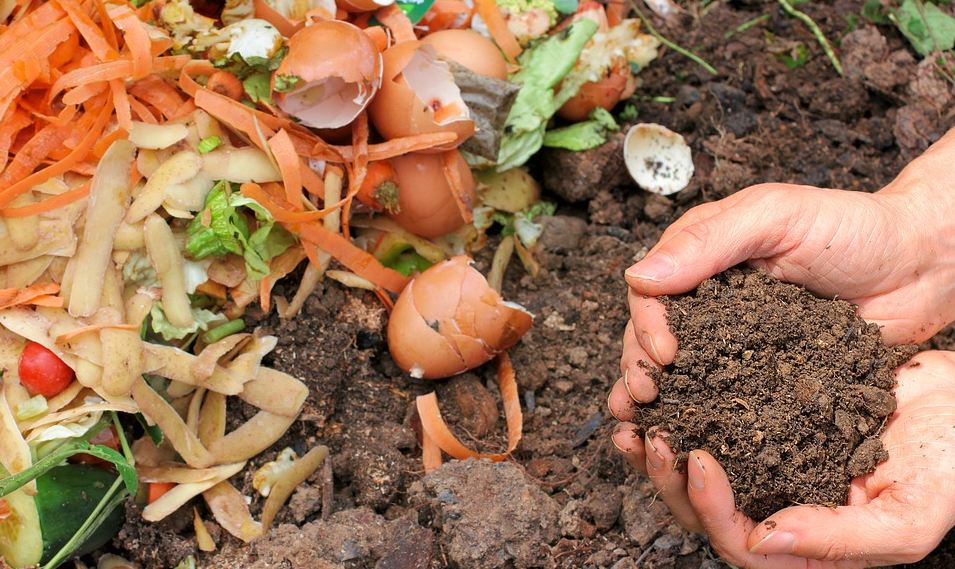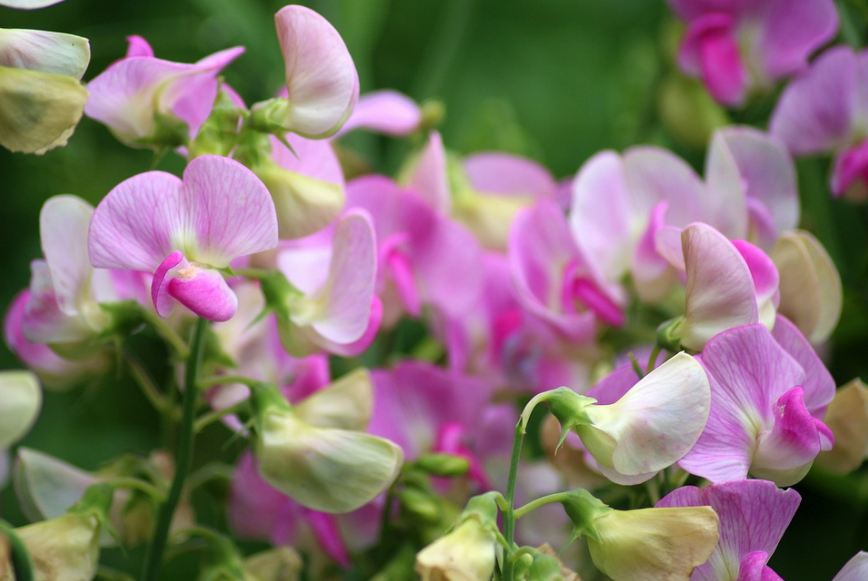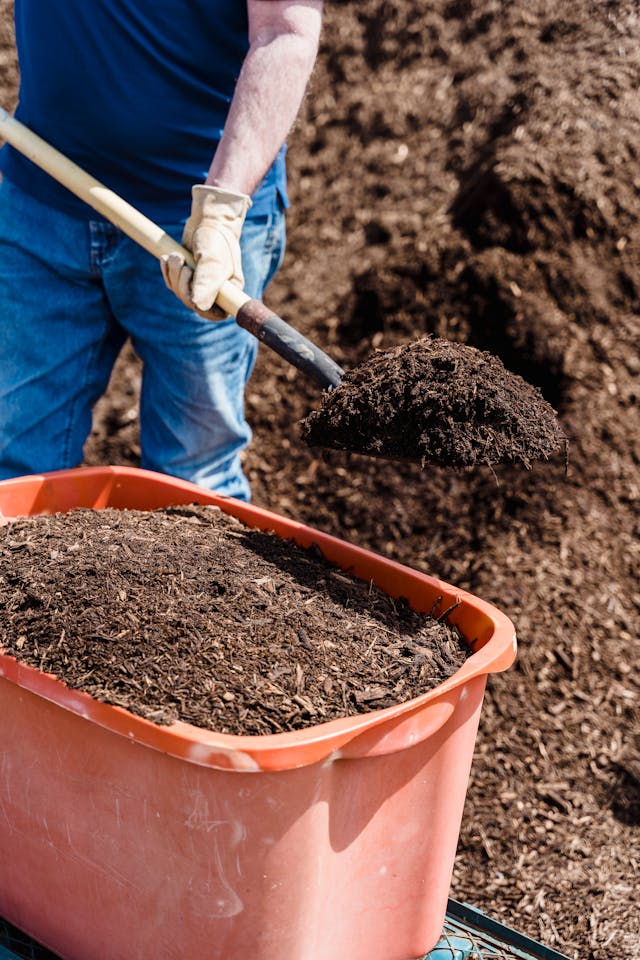What Is Permaculture? A Beginner's Guide to Sustainable Homesteading
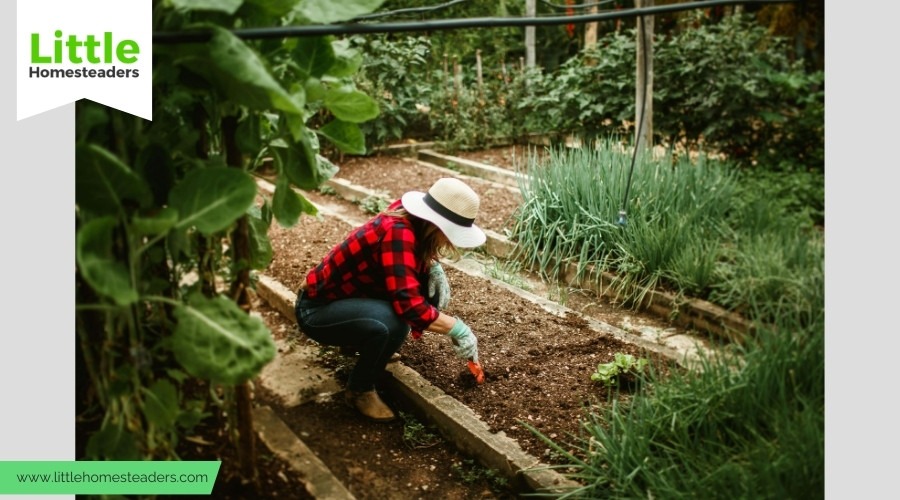
Picture a homestead that feels like an extension of the natural world. Instead of battling against nature, it thrives alongside it. Plants, animals, and resources work together in a balanced, self-sustaining system. That's permaculture—a way of living and farming that takes its cues from nature's own design. For beginners venturing into sustainable homesteading, permaculture is a fantastic place to start.
Understanding Permaculture Principles
Before diving into how to start, it's important to understand what makes permaculture unique. At its heart, permaculture is about working smarter, not harder. Instead of imposing human will on the land, it seeks to partner with nature, mimicking the ways ecosystems function naturally.
Key Principles of Permaculture
1. Observe and Interact
Spend time watching and learning from your land. Notice where the sun shines most, how rainwater flows, and what wild plants and animals naturally flourish. These observations are like clues to unlocking your homestead's potential.
2. Catch and Store Energy
Energy isn't just electricity. It's sunlight, water, and nutrients. By collecting rainwater in barrels or setting up a compost system, you're banking energy for later use.
Solar panels on a small shed provided enough power for garden lighting and small tools, reducing dependence on the grid. Compost heaps, meanwhile, turned food scraps into rich soil amendments, recycling energy that might otherwise go to waste.
3. Produce No Waste
In nature, nothing goes to waste. Leaves decompose into soil, animal waste enriches the earth, and dead plants feed new growth. On your homestead, you can mimic this by composting, reusing materials, and finding creative ways to repurpose leftovers.
Kitchen scraps and garden clippings become compost that feeds vegetables, completing a cycle of reuse. Even broken tools can find new life as trellises or decorative features in the garden.
4. Small and Slow Solutions
Start with small changes and build from there. Tackle one project at a time, like a single garden bed or a small compost pile. This approach keeps things manageable and lets you learn as you go.
When you apply these principles, your homestead becomes more than a place to live. It transforms into a resilient, self-sufficient ecosystem that's in tune with its surroundings.
Getting Started with Permaculture
Starting a permaculture homestead can feel overwhelming, especially if you're used to conventional gardening or farming methods. But it doesn't have to be complicated. Begin with what you have and grow from there.
Step 1: Observe Your Land
Spend time outdoors with a notebook. Sketch out your property and jot down what you see. Where does the sun rise and set? Where does water pool after a heavy rain? Are there windy spots or areas that stay shaded all day? These insights will guide every decision you make.
Tip: Take pictures during different times of the day and seasons. They'll help you identify long-term patterns. For example, noticing a sunny spot in winter could guide where you plant a warm-season crop or place a solar panel.
Step 2: Learn From Others
Permaculture has been around for decades, and there's a wealth of knowledge available. Read books, watch videos, and join local permaculture groups. Many communities offer workshops where you can get hands-on experience and advice tailored to your climate and soil type.
Tip: Check out books like Gaia's Garden or online courses on platforms like Udemy or Skillshare. Online communities can also provide invaluable support and inspiration, especially when troubleshooting specific issues.
Step 3: Start With a Small Project
Pick one area to focus on. Maybe it's a vegetable garden, a rainwater collection system, or a compost pile. Keep it simple so you can build confidence and troubleshoot without feeling overwhelmed.
Step 4: Expand Slowly
As you gain experience, you'll naturally want to take on bigger projects. Add fruit trees, create a pond, or experiment with companion planting. Growth should feel organic, not forced.
Tip: Document your progress and adjust designs as you learn from successes and setbacks. Regularly revisit your initial observations to ensure your projects align with your homestead's natural patterns.
Sustainable Homestead Design Techniques
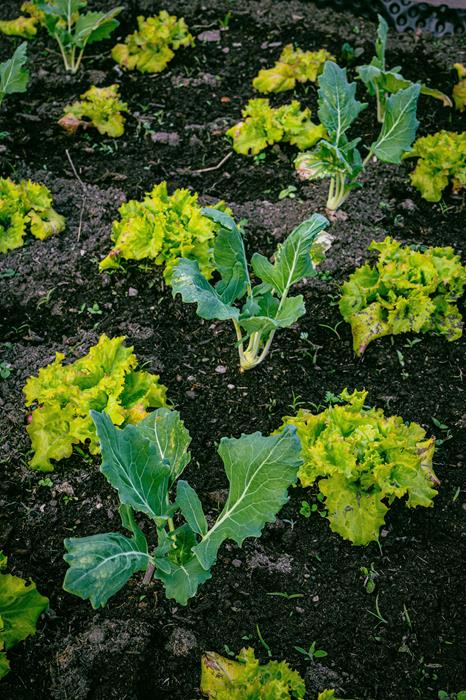
Permaculture is as much about thoughtful design as it is about farming. A well-planned homestead saves time, energy, and resources while creating a thriving environment.
Gardening Techniques
- Raised Beds: These are great for controlling soil quality and drainage. Plus, they're easier on your back during planting and harvesting.
- Keyhole Gardens: These circular beds with a central access point make efficient use of space and resources. They're perfect for small spaces or intensively planted kitchen gardens.
- Hugelkultur Mounds: By layering logs, branches, and soil, you create a raised bed that retains moisture and improves over time as the wood decomposes.
Water Conservation
Water is often one of the biggest challenges for homesteaders. Simple solutions like rain barrels, swales, and mulching can make a huge difference. Swales, for example, are shallow trenches designed to catch and direct water to where it's needed most.
Tip: Place swales along contours to maximize water retention during heavy rains. Incorporating mulch can further enhance water retention while improving soil health.
Soil Health
Healthy soil is the foundation of any successful homestead. Avoid tilling the land whenever possible, as it disrupts soil structure and microbes. Compost regularly, plant cover crops, and include nitrogen-fixing plants like beans or clover to replenish nutrients.
Renewable Energy
If your budget allows, consider adding renewable energy sources like solar panels. Even small-scale systems can reduce your reliance on the grid and help you live more sustainably. Solar-powered water pumps can be a game-changer for irrigation in off-grid setups. Wind turbines or micro-hydro systems might also be viable options depending on your location.
Integrating Plants and Animals
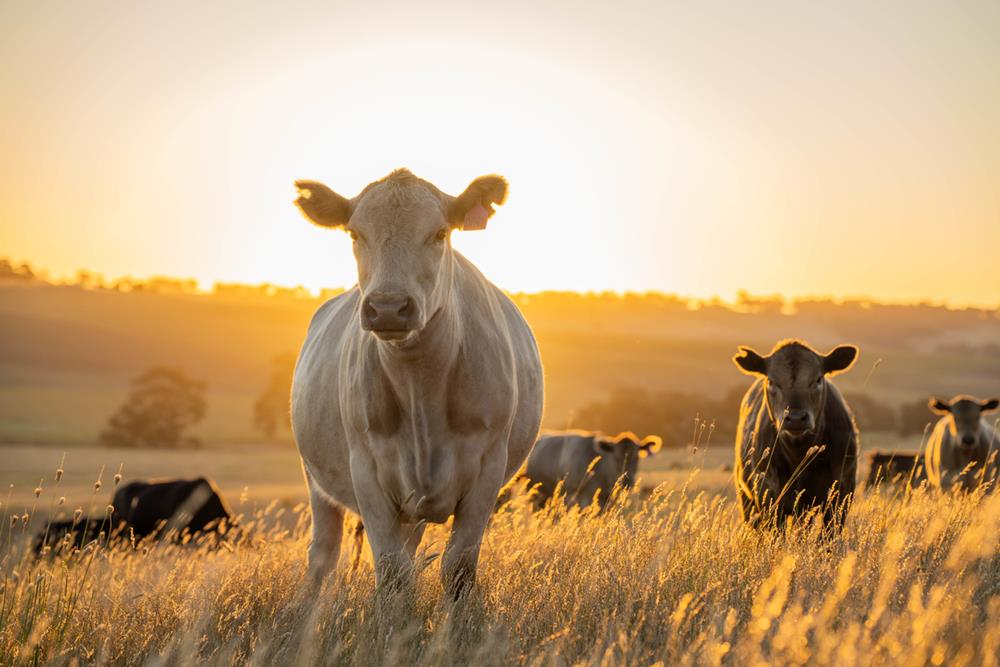
One of the most rewarding aspects of permaculture is creating a homestead where plants and animals work together in harmony. The goal is to mimic natural ecosystems, where every element has a role to play.
Adding Animals to Your Homestead
Chickens, ducks, and bees are great starter animals for permaculture. Chickens provide eggs, control pests, and fertilize the soil. Ducks are excellent for slug control, and bees ensure pollination while producing honey.
Tip: Rotate chickens through garden areas to fertilize the soil and reduce weeds. Their scratching behavior aerates the soil, adding another layer of benefit.
Polyculture Planting
Instead of planting rows of a single crop, mix things up. A diverse garden is more resilient to pests and diseases. For example, you can plant tomatoes, basil, and marigolds together. The basil deters certain pests, the marigolds attract pollinators, and the tomatoes get all the attention they need.
Exploring Aquaculture
If you have space, consider adding a pond or aquaponics system. In an aquaponics setup, fish waste fertilizes plants, and the plants clean the water for the fish. It's a closed-loop system that's efficient and productive.
Challenges and How to Overcome Them
Transitioning to a permaculture system comes with its fair share of hurdles, but every challenge is an opportunity to learn.
Shifting Your Mindset
Permaculture requires a shift in thinking. Instead of trying to control nature, you learn to adapt and work with it. This can be tough if you're used to traditional gardening methods, but it's incredibly rewarding.
Managing Water
Droughts and floods are common challenges. To manage water effectively, invest in rainwater collection systems and focus on soil health. Mulch generously to retain moisture and choose drought-tolerant plants for dry spells.
Tip: Incorporate native plants into your designs. They're naturally adapted to your region's water availability.
Patience and Persistence
Results in permaculture aren't always immediate. It takes time for soil to improve, for plants to establish themselves, and for ecosystems to balance out. Be patient, and remember that every small step brings you closer to your goal.
Tip: Celebrate small wins to stay motivated during the journey. Whether it's your first harvest or a successful water management solution, acknowledge progress.
Conclusion
Permaculture isn't just a way to garden; it's a way to live. By starting small, observing your land, and implementing sustainable practices, you can create a homestead that's not only productive but also deeply rewarding. Every step you take toward permaculture brings you closer to a lifestyle that's in harmony with the earth. So grab a notebook, step outside, and start observing. The journey to a sustainable homestead begins today.

